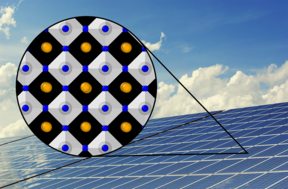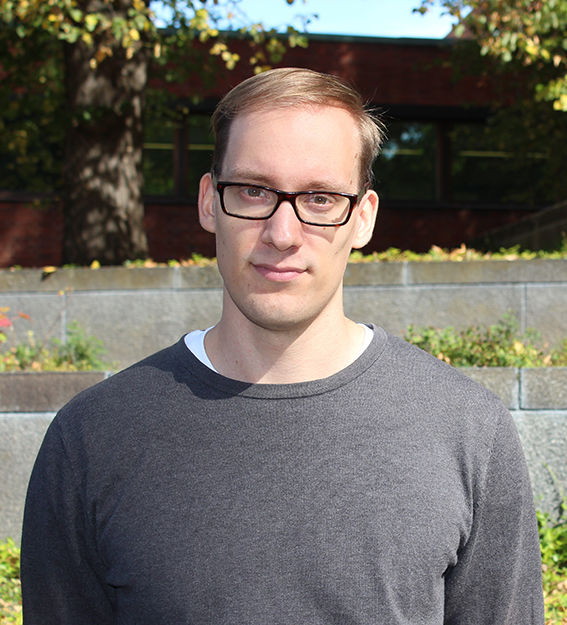Machine learning boosts the discovery of new perovskite solar cell materials

Researchers in the CEST group have published a study demonstrating the effectiveness of machine learning methods to identify suitable perovskite solar cell materials. Perovskite solar cells are a novel technology gathering a lot of interest due to their high efficiency and potential for radically lower manufacturing costs when compared to the traditional silicon-based solar cells.
Despite their promising qualities, the commercialization of perovskite solar cells has been held back by their fast degradation under environmental stresses, such as heat and moisture. They also contain toxic substances that can negatively impact the environment. The search for new perovskite materials that do not have these problems is ongoing, but the established experimental and computational research methods have not been able to handle the high number of material candidates that need to be tried and tested.

CEST members Jarno Laakso and Patrick Rinke, with collaborators from University of Turku and China, developed new machine learning-based methodology for rapidly predicting perovskite properties. This new approach accelerates computations and can be used to study perovskite alloys. These alloy materials contain many candidates for improved solar cell materials, but studying them has been difficult with conventional computational methods. The researchers demonstrated the effectiveness of the new approach by finding the most stable mixing fractions for an alloy of CsPbCl3 and CsPbBr3 perovskites. Having an efficient method for studying the stability of perovskite alloys is a key step towards engineering solar cells that are more resilient to degradation.
The same methodology that was applied to perovskites in this study can boost the discovery of other new alloy materials. After the initial success with their machine learning approach, Laakso and collaborators are looking into studying more complex perovskite alloys to discover solar cell materials that are highly efficient, nontoxic, and resilient to degradation.
The paper was published in Physical Review Materials doi.org/10.1103/PhysRevMaterials.6.113801.
- Published:
- Updated:
Read more news

Min-Kyu Paek has been appointed Assistant Professor at the Department of Chemical and Metallurgical Engineering
Min-Kyu Paek has been appointed Assistant Professor at the Department of Chemical and Metallurgical Engineering
Aalto ARTS alum Vidha Samya’s artwork featured at the Venice Biennale 2024
The Pavilion of Finland presents ‘The pleasures we choose’ at the 60th International Art Exhibition – La Biennale di Venezia until 24 November 2024.
IoT Forge donates EUR 1 million to the School of Engineering
The donation will be used for research and education on the Industrial Internet and digital twins.